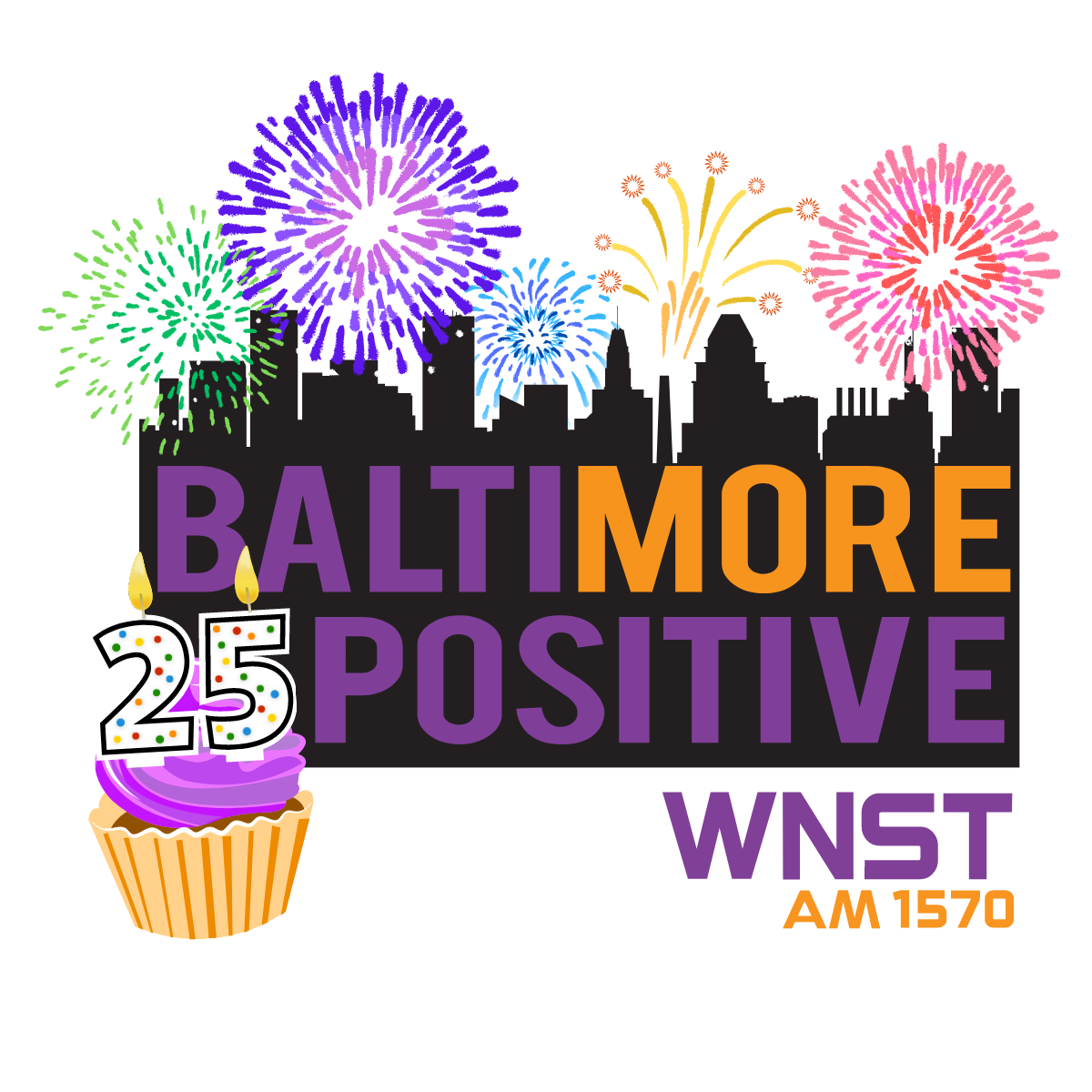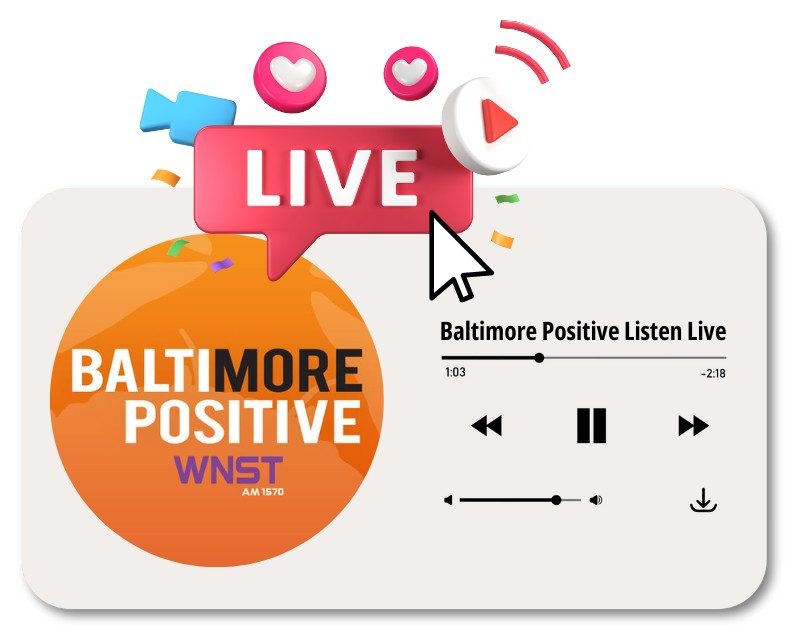That evening Angelos called out the competition: “From what transpired today, it would appear that the DeWitt side and our side mean business, and whoever else wishes to participate should be prepared for a very spirited bidding contest. It’s quite clear the bidding is not over. One might say it has just begun.”
***
NO ONE BELIEVED ANY BASEBALL team could be sold for more than $160 million. Certainly the Angelos group that was doing the bidding would’ve been far more nervous if they didn’t have access to the ledgers and spreadsheets of the now “bankrupt” Baltimore Orioles. Because Jacobs was in such dire straits with creditors, none of the money from the Orioles operating account had been touched in almost 18 months. Besides, the more cash the Orioles had stored away, the larger Jacobs’ lone prime, liquid investment would look upon resale.
Joe Foss, who would become the team’s long-time functioning president and No. 1 business advisor with the Orioles, came in from Minnesota in late May in a banking arrangement seeking to finance the deal on behalf of Peter G. Angelos. No one actually pulls out a check for hundreds of millions. Banks extend lines of credit and finance these deals. Having the best bankers in the industry was the only way to make these mega-deals happen.
In the discovery process and doing due diligence for Angelos, who was acting far more with his heart and ego than he was being led into this deal via accountants, the bankers quickly noticed a significant positive item in the potential deal. It would dramatically change the “value” of the Orioles at the New York auction.
Due to the abundance of success the team was having the first two seasons in Camden Yards and the explosion in sales of tickets, merchandise and concessions, combined with the glare of the 1993 All Star Game that was played three weeks earlier, the Orioles bank account was completely opposite of Jacobs’ personal portfolio. The team, which had handcuffs around all expenses including the roster, was swimming in money.
The Orioles operating account upon purchase was filled with $40 million of fresh cash. The Sun estimated at the time that the Orioles earned a net profit of between $25 and $30 million in each of the first two years at Camden Yards and that report wasn’t off target.
The newspaper reports and the industry was crowing about the “record sale price” of a Major League Baseball team but no one outside of the circle realized that the transaction price was far greater than the actual value of the team – hyper-inflated, really – because it was clear the team would fetch more than $150 million at auction.
But the team also came with $40 million in cash upon sale.
Angelos’ group was immersed in legalese and crunching numbers all summer – recruiting that impressive list of local celebrities into the fold – but still had reservations about getting into a biding war to drive the price up to a point where the debt would be burdensome. Whoever won the Orioles that day wasn’t getting a bargain by any stretch. Sure, there was a healthy revenue stream, but the sale price was unprecedented. Many investors felt it was unsustainable growth with Camden Yards’ spigot only bound to get smaller, not larger.
On the morning of the Aug. 2, 1993, auction, at the urging of Orioles President & C.E.O. Larry Lucchino, Angelos and Bill DeWitt, Jr. broke bread at the St. Regis Hotel in Manhattan. Angelos had reached to Lucchino in attempt to bring DeWitt into the fold earlier in the summer. Angelos told Lucchino that if DeWitt was brought into the partnership, they’d both be a part of the management team to continue the unprecedented success the franchise was experiencing. It also figured that if Angelos really won the bid, he’d need the best baseball people running the operation and Lucchino thought he could reach a sensible and working conclusion for everyone concerned.


























